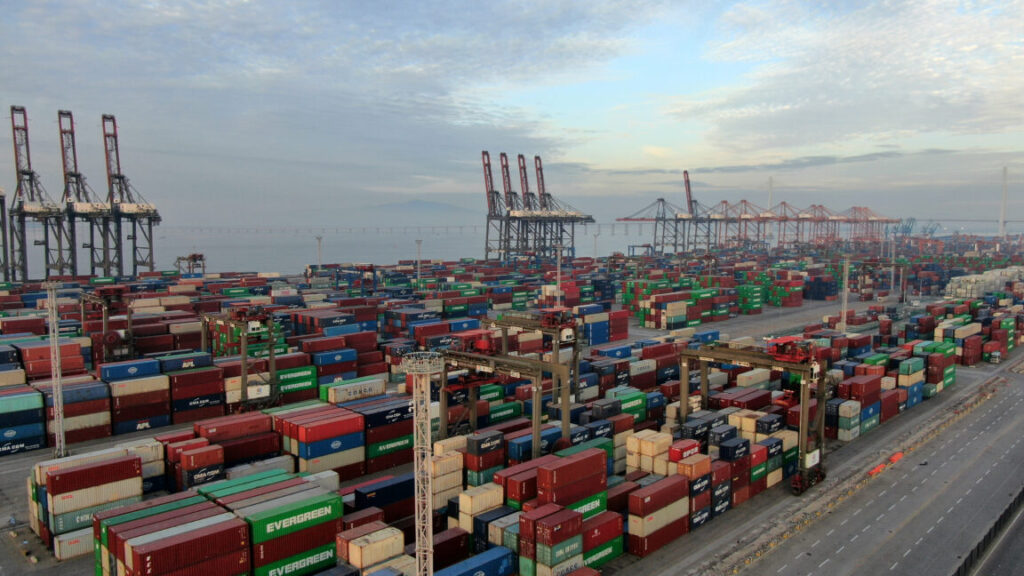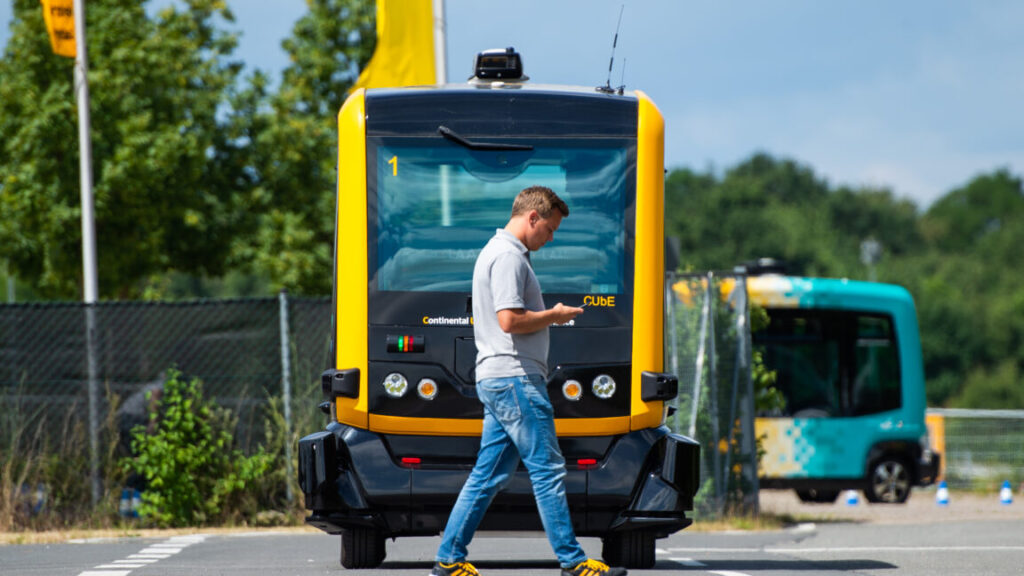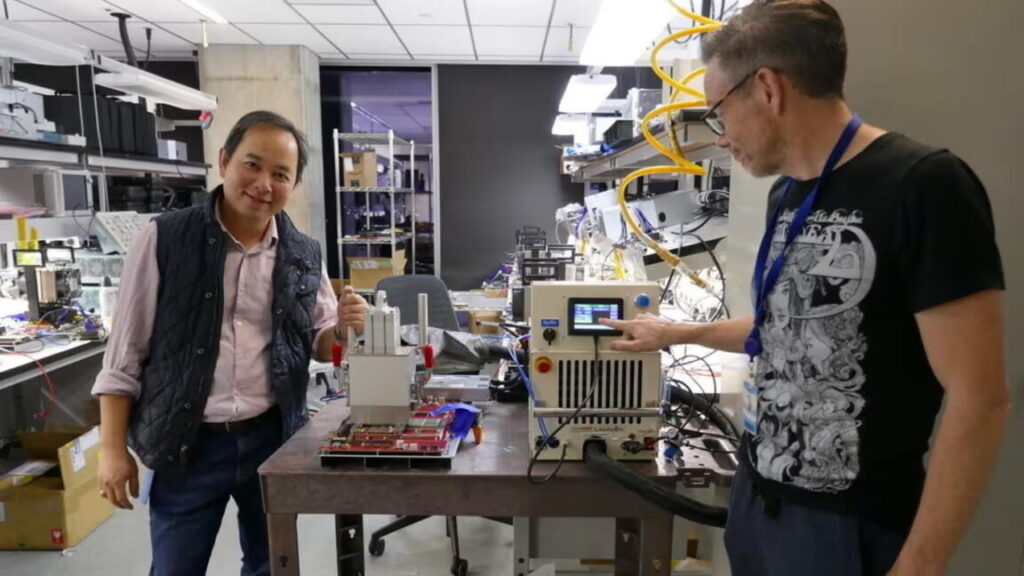Trump targets Mexico and Canada with tariffs, plus an extra 10% for China
Trump had in particular targeted Mexico on the campaign trail, threatening to impose “whatever tariffs are required—100 percent, 200 percent, 1,000 percent” to stop Chinese cars from crossing the southern border.
He has also warned Mexico’s president, Claudia Sheinbaum, he would impose tariffs of 25 percent if she did not crack down on the “onslaught of criminals and drugs” crossing the border.
The levies could be imposed using executive powers that would override the USMCA, the free trade agreement Trump signed with Canada and Mexico during his first term as president.
“There’s a lot of integration of North American manufacturing in a lot of sectors, particularly autos, so this would be pretty disruptive for a lot of US companies and industries,” said Warren Maruyama, former general counsel at the Office of the US Trade Representative. “Tariffs are inflationary and will drive up prices,” he added.
Ricardo Monreal, leader of Mexico’s ruling party in the lower house of congress, said tariffs would “not solve the underlying issue” at the border. “Escalating trade retaliation would only hurt people’s pockets,” he wrote on X.
Diego Marroquín Bitar at the Wilson Center think tank warned that unilateral tariffs “would shatter confidence in USMCA and harm all three economies.”
In a joint statement, Canada’s deputy prime minister, Chrystia Freeland, and public safety minister Dominic LeBlanc hailed the bilateral relationship with the US as “one of the strongest and closest… particularly when it comes to trade and border security.”
They also noted that Canada “buys more from the United States than China, Japan, France, and the UK combined,” and last year supplied “60 percent of US crude oil imports.”
“Even if this is a negotiating strategy, I don’t see what Canada has to offer that Trump is not already getting,” said Carlo Dade at the Canada West Foundation.
While Trump put tariffs at the center of his economic pitch to voters, President Joe Biden has also increased levies on Chinese imports. In May, Biden’s administration sharply increased tariffs on a range of imported clean-energy technologies, including boosting tariffs on electric vehicles from China to 100 percent.
Biden’s administration has also pushed Beijing for several years to crack down on the production of ingredients for fentanyl, which it estimated claimed the lives of almost 75,000 Americans in 2023. Beijing this year agreed to impose controls on chemicals crucial to manufacturing fentanyl following meetings with senior US officials.
Additional reporting by William Sandlund and Haohsiang Ko in Hong Kong, Christine Murray in Mexico City, Ilya Gridneff in Toronto, Joe Leahy in Beijing, and Alex Rogers in Washington.
© 2024 The Financial Times Ltd. All rights reserved. Not to be redistributed, copied, or modified in any way.
Trump targets Mexico and Canada with tariffs, plus an extra 10% for China Read More »















